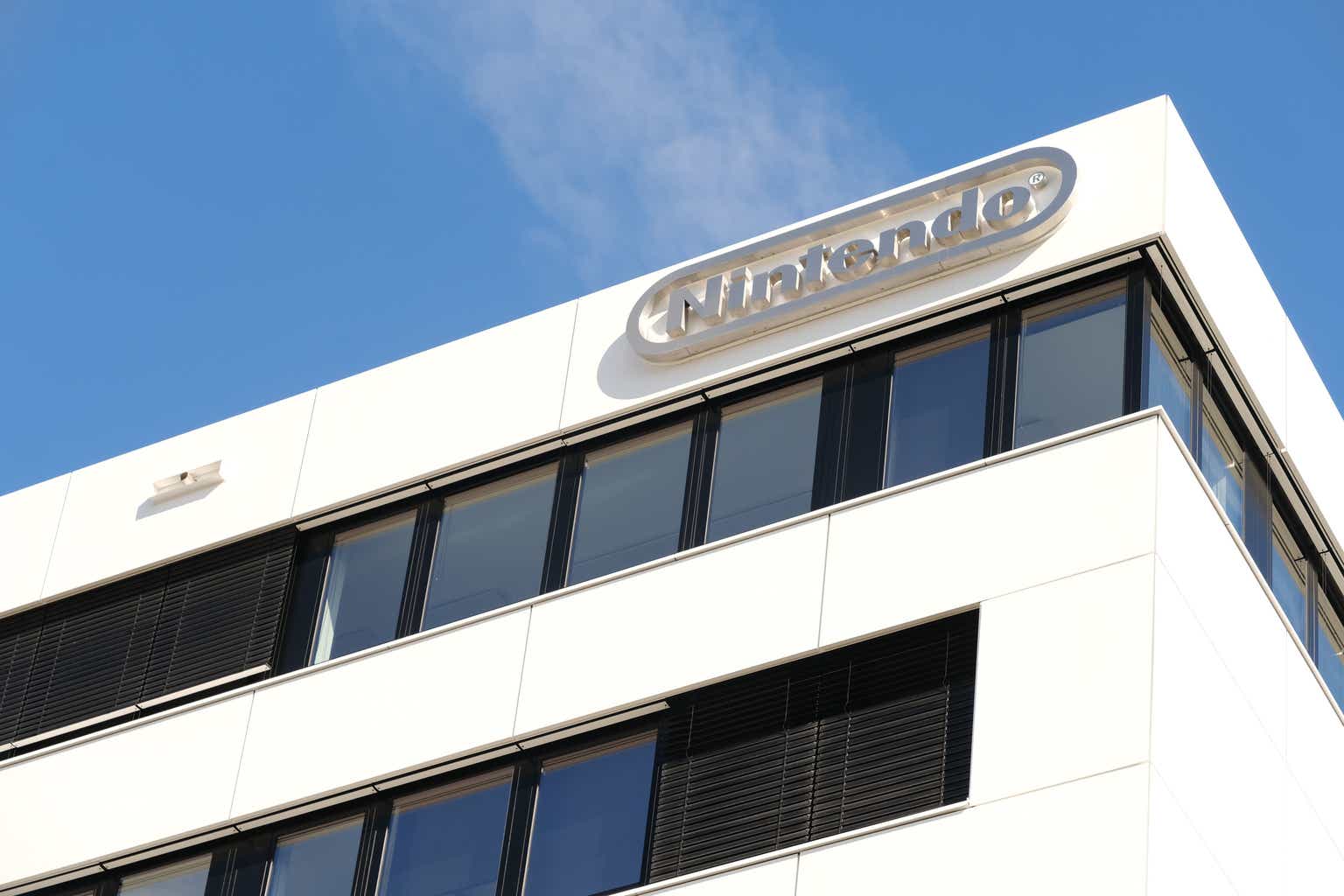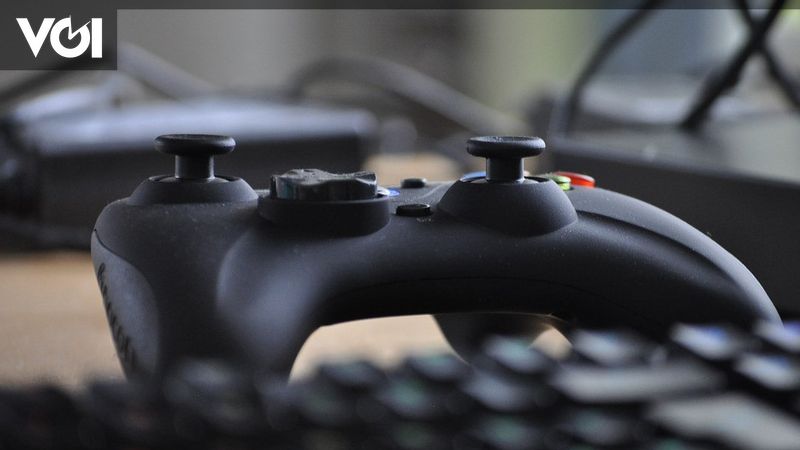
In a recent financial overview, Nintendo has demonstrated an impressive ability to navigate the complexities of the gaming industry, revealing an array of strategic maneuvers and market successes that have positioned them favorably in the competitive landscape. Amidst a period where technological limitations and market saturation appeared to dampen prospects, Nintendo has emerged with a robust performance, particularly in the third quarter, defying earlier market apprehensions.
Nintendo’s recent earnings report disclosed a notable upward revision of their forecasts, suggesting a performance that surpassed expectations, especially in hardware sales. Despite a predictable deceleration in unit sales growth moving towards the fourth quarter, this period witnessed significant overachievement, largely attributed to the higher-margin OLED models. These models, demonstrating Nintendo’s continued innovation, have somewhat mitigated the impacts of declining unit sales for their seven-year-old console, introducing new scale economies to the mix.
On the software front, while there was a slight downturn in unit sales, the quality of content continues to propel revenue growth, with digital sales climbing by 11.7% cumulatively. The quarter was marked by significant releases including ‘Super Mario Wonder’, which not only received critical acclaim but also significantly outperformed its competitors, including ‘Sonic Superstars’. ‘Zelda: Tears of the Kingdom’ emerged as another monumental success, boasting sales figures that rapidly approach those of its predecessor, ‘Breath of the Wild’.
The integration of IP across various media has also been a strategic boon for Nintendo, with the ‘Super Mario Bros’ movie being a particular highlight. This cross-medium success has not only broadened the audience for Nintendo’s content but has also facilitated growth in console sales in regions buoyed by the movie’s success. Operational efficiencies have contributed to an improved profit margin, evidenced by controlled SG&A expenses and the advantageous liquidation of less expensive inventory.
Though the company forecasts slight year-over-year growth, Nintendo remains cautious about repeating such robust performance, identifying challenging comparisons and a maturing hardware lifecycle as potential obstacles. The anticipation around the Zelda live-action movie and new game releases keeps the outlook intriguing, although replicating the extraordinary success of titles like ‘Super Mario Wonder’ and ‘Zelda: Tears of the Kingdom’ may prove challenging.
Analyzing the broader industry context highlights the strategic positioning of Nintendo’s competitors. Sega Sammy, in particular, is noted for its potential to leverage a catch-up strategy. Despite lower valuations and facing its own set of challenges, opportunities around Pachinko penetration and potential restructuring benefits suggest Sega Sammy could emerge as a viable contender in the gaming space, aiming to replicate Nintendo’s success formula.
Nintendo’s adept handling of its IP and platforms underscores a strategic acumen that amplifies its stature in the industry. Yet, as the company navigates the evolving market dynamics and prepares for the future, the challenges it faces underscore the relentless pace of innovation and competition in the gaming sector. With considerations around currency fluctuations and valuation metrics, the intricate balance of sustaining growth while innovating for the future remains a persistent theme in Nintendo’s journey.
Source








